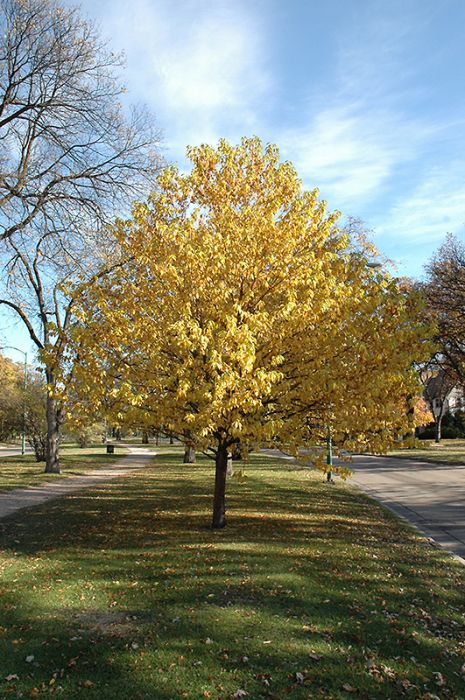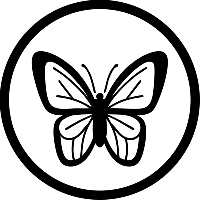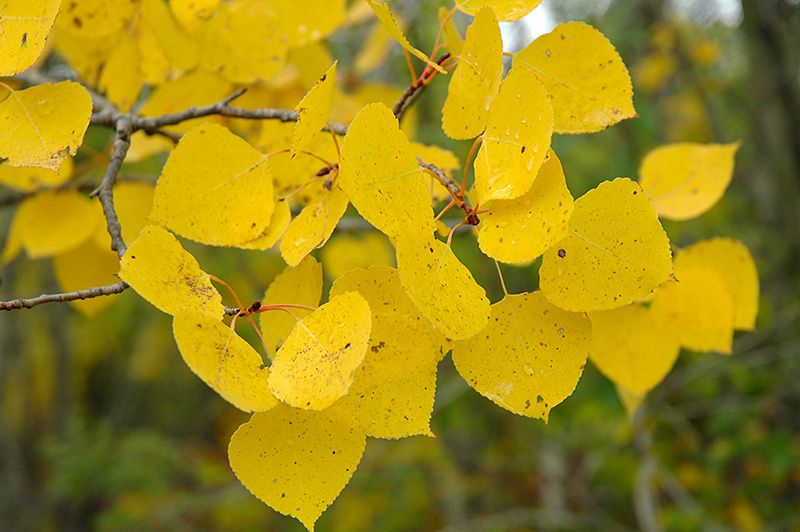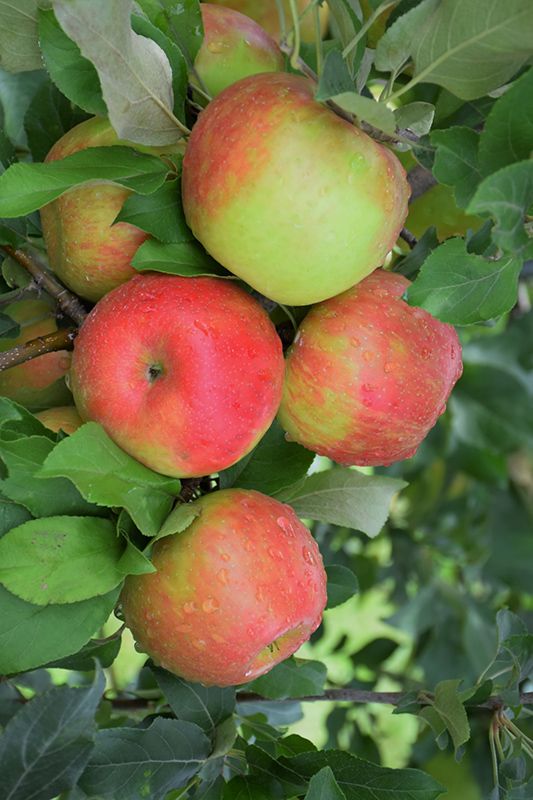Prunus, Chokecherry Tree 'Amur'



Out of stock
Coming soon, still growing- Sun Preference
- Full-Sun
Description
Small tree bearing white flowers and small black fruits relished by birds. Beautiful, shiny, cinnamon-golden brown to dark red exfoliating bark. A simply beautiful plant for the winter landscape.
Minnesota's Largest Selection of Trees
At Minnesota's Destination Garden Center, we offer a diverse range of trees to suit any landscaping need. Whether you're looking for shade trees to cool your home or ornamental trees to add beauty and interest, you'll find the perfect tree at Gertens. Our knowledgeable staff can help you select the right tree for your space and provide tips for care and maintenance. Visit Gertens today and explore the unmatched variety of trees to enhance your outdoor environment!
Details
Amur Chokecherry | Prunus maackii
Height: 20 feet
Spread: 25 feet
Sunlight: full sun
Hardiness Zone: 2b
Other Names: Amur Chokecherry
Brand: Gertens
Description:
A ravishing, four-season accent tree, with panicles of white flowers in spring, good fall color and amazing glowing bronze-red bark peeling in strips; very showy in winter; fast growing and hardy; best in a garden setting as it doesn't like competition
Ornamental Features
Amur Chokecherry features showy racemes of fragrant white flowers hanging below the branches in mid spring. It has green deciduous foliage. The pointy leaves turn an outstanding lemon yellow in the fall. The black fruits are held in clusters in late summer. The peeling coppery-bronze bark is extremely showy and adds significant winter interest.
Landscape Attributes
Amur Chokecherry is a deciduous tree with a more or less rounded form. Its average texture blends into the landscape, but can be balanced by one or two finer or coarser trees or shrubs for an effective composition.
This tree will require occasional maintenance and upkeep, and is best pruned in late winter once the threat of extreme cold has passed. It is a good choice for attracting birds to your yard. Gardeners should be aware of the following characteristic(s) that may warrant special consideration;
- Disease
Amur Chokecherry is recommended for the following landscape applications;
- Accent
- Shade
Planting & Growing
Amur Chokecherry will grow to be about 20 feet tall at maturity, with a spread of 25 feet. It has a low canopy with a typical clearance of 4 feet from the ground, and should not be planted underneath power lines. It grows at a fast rate, and under ideal conditions can be expected to live for approximately 30 years.
This tree should only be grown in full sunlight. It does best in average to evenly moist conditions, but will not tolerate standing water. It is not particular as to soil type or pH. It is somewhat tolerant of urban pollution. This species is not originally from North America.
More Information
| Tree Type | Shade & Ornamental |
|---|---|
| Sun Preference | Full-Sun |
| Mature Height (Range) | 15 - 25 feet |
| USDA Hardiness Zone | 2, 3, 4, 5, 6 |
| Common Family Name | Chokeberry |






